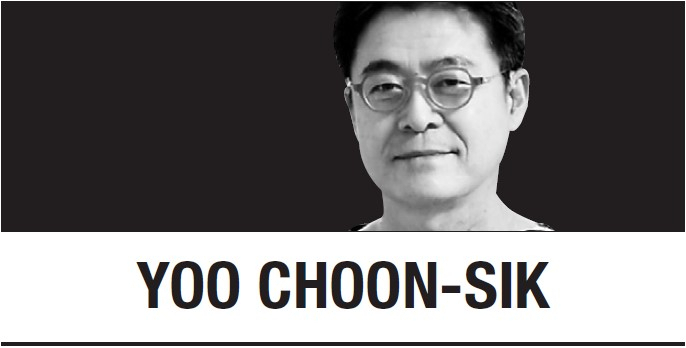
South Korea's economy expanded at a much faster pace than expected in the first quarter of this year, offering relief to those concerned about the severe slump experienced last year persisting for an extended period. This news is especially welcome for a country still grappling with domestic instability and uncertain global geopolitics.
However, beyond the social and political instability at home and longstanding global geopolitics, there are other pressing issues that demand attention: the shaky nature of the figures behind the impressive economic growth, the ongoing risk associated with real estate project-financing loans and growing signs of inflation that are resistant to decline.
Official estimates from the country’s central bank last week showed that the South Korean economy grew by a seasonally adjusted 1.3 percent during the January-March period compared to the preceding quarter, more than twice the median forecasts from surveys by major media outlets and the fastest growth since the final quarter of 2021.
This strong growth performance has led several global investment banks to revise their forecasts for South Korea's economic growth for the whole of this year to 2.5 percent, or higher from around 2 percent previously. Some economists anticipate that the Bank of Korea will revise its 2.1 percent growth projection upward as early as May.
Robust growth in private consumption and construction spending, by 0.8 percent and 2.7 percent respectively, drove the increase in gross domestic product during the period. However, their strong performance could be misleading, possibly just a technical rebound from a prolonged period of slump.
In terms of the four-quarter moving average, a measure of underlying strength, private consumption grew by just 0.3 percent and construction spending by only 0.2 percent, at a time when high inflation and high interest rates along with a depressed real estate market continue to hinder domestic demand.
Moreover, robust GDP growth rates mainly based on technical factors, rising global oil prices due to military conflicts in the Middle East, and the won’s sustained weakness on the US currency’s strength could all discourage the Bank of Korea from cutting interest rates as early as expected. Extended periods of high interest rates are particularly burdensome for consumers and construction companies alike.
The average interest rate that banks charge on new mortgage loans has gradually fallen to 3.96 percent in February this year since touching a peak of 4.82 percent in October 2022, but remains significantly higher than the 2.81 percent seen in July 2021, just before the Bank of Korea began raising interest rates, according to data from the central bank.
In contrast, the average interest rate that banks charge on new consumer credit loans stood at a high level of 6.29 percent in February, down from as high as 7.97 percent in late 2022, but still well above the 3.86 percent in July 2021. Credit loans are crucial for most consumers without houses to use as collateral.
In the construction industry, high interest rates are particularly important because many construction companies and lenders to them continue to struggle with rolling over or repaying borrowings linked to project-financing deals made during the real estate boom before the Bank of Korea launched a massive tightening campaign in late 2021.
A further deepening of the real estate market's slump could not only impact the business operations of construction companies but also the stability of the financial firms with project-financing loans to recover. The situation has been deteriorating in recent months despite various government support measures aimed at averting a crisis.
The ratio of nonperforming loans out of the total at the mostly small savings banks operating across the country rose to an average of 7.75 percent by the end of 2023 from 6.41 percent three months earlier, according to data from the Financial Supervisory Service. This ratio has been on an upward trajectory since reaching a low level of 3.32 percent at the end of March 2022.
Citing the deteriorating quality of loans that savings banks had extended in the past in relation to real estate development projects, NICE Investors Service, a domestic credit ratings company, last week cut the credit rating outlook on four of the country’s major savings banks to "negative" from "stable."
While still lower than levels seen during times of crisis, such as the 18.62 percent set at the end of 2013, the rising nonperforming loan ratio is a warning sign for both the construction and small financial companies. The government is reluctant to implement measures intended to boost the housing market due to concerns about their impact on household debt.
Regarding the central bank, the continued weakness in the won currency's value could also dissuade it from beginning interest-rate cuts before the Federal Reserve Board lowers US rates. A wider interest rate gap in favor of the US could lead to capital flight from South Korea or at least impede capital inflows, which in turn will further weaken the won’s value.
These latest developments surrounding South Korea’s economy, alongside many other conflicting external conditions, underscore the need for both the government and the Bank of Korea to exercise extreme caution when reviewing economic policies, instead of solely focusing on a narrow set of indicators and political goals.
Yoo Choon-sik
Yoo Choon-sik worked as the chief Korea economics correspondent at Reuters and is now a business and media strategy consultant. The views expressed here are the writer’s own. -- Ed.





